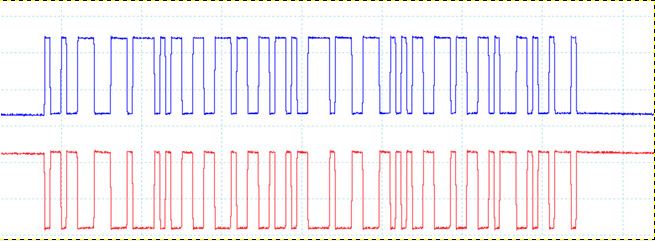Detecting Important Errors - Diagnosing a problem will often involve a wide variety of fault in the Electronic Control Unit (ECU). Here are a few tips so that you can stay on top of things.
First off, you should always carry out a complete query of the Fault Memory. Especially if you're going to be carrying out a calibration afterwards. Ensure that the corresponding system doesn't have any relevant faults before the glass is replaced. These faults can be broken down into two types, Static and Sporadic faults.
Statis faults are always present. You will see them after each restart of the ignition.
Sporadic faults can appear and disappear. These can be caused by things like temperature changes or only happen under certain driving conditions.
When you run the first query of the memory, save the faults and print them out. Then clear the memory and read it out again. This should show you the Static faults.
For ADAS calibration, any faults related to the system being calibrated are important and should be investigated.
These types of faults can include things like:
- Engine management - electronic throttle valve in relation to adaptive cruise control
- Camera control module/image processing unit
- Distance control
- Body control module (usually contains the rain and light sensor)
- Dynamic chassis control
- Multimedia/navigation electronics
- Headlight electronics
It's important to remember that these systems are all connected and may rely on one another to function. As an example, let's say that the high-beam assist is no longer working due to a short-circuit in the camera system.
An example

Fault memory
Camera control module:
Short circuit in camera module after plus/minus // CAN Bus_No communication with control unit XY
Headlight electronics:
CAN Bus_No communication with camera control unit
In this case the fault is probably happening in the camera control module rather than the headlight electronics, even though a fault has been detected there. This is because the headlight control unit can't establish communication with the defective camera module. The camera isn't registering a fault, but the headlight control unit can't communicate with the camera so is returning a fault. This is just an example, and all models are different, but the basic principle remains the same.
Communication faults (CAN Bus faults) are one of the most frequent faults. These can happen with the onboard voltage is too low, so it's important that the vehicle electrical system is supplied with sufficient voltage during diagnosis with a battery maintenance charger.
All manufacturers and models are different, so it's impossible to generalise faults and their effects on systems. Manufacturers of workshop information systems supply the latest vehicle data. In future, safety-relevant work will only be possible via direct access to the manufacturer. The amount and complexity of electronics in new vehicles is rapidly increasing. We need to start thinking about tomorrow today, to be well prepared for the challenges of the future.